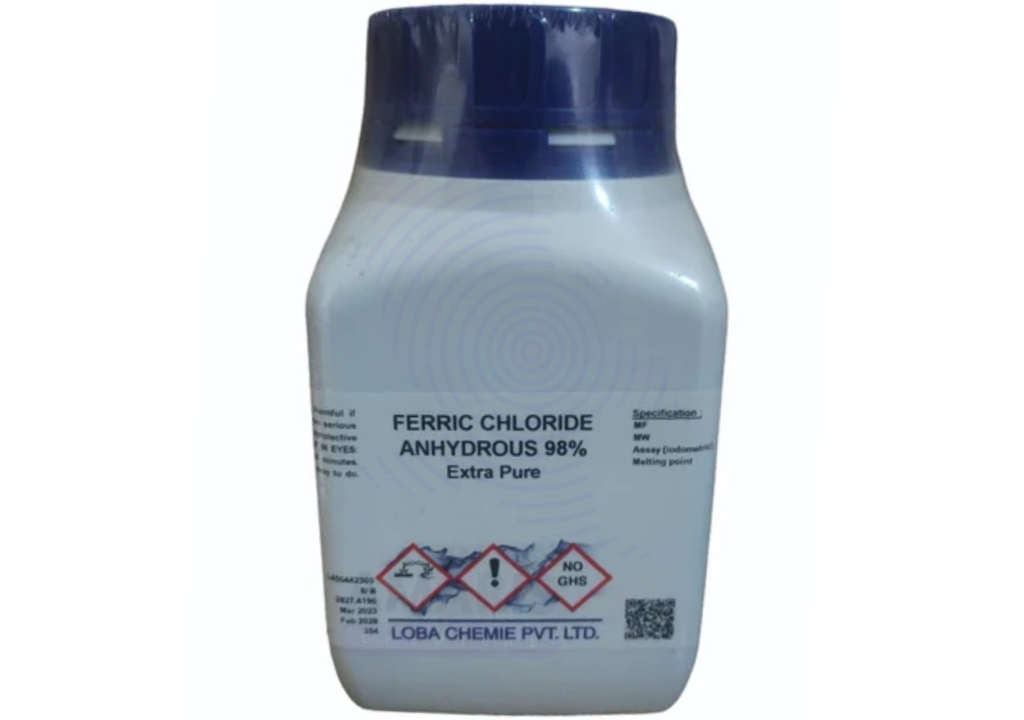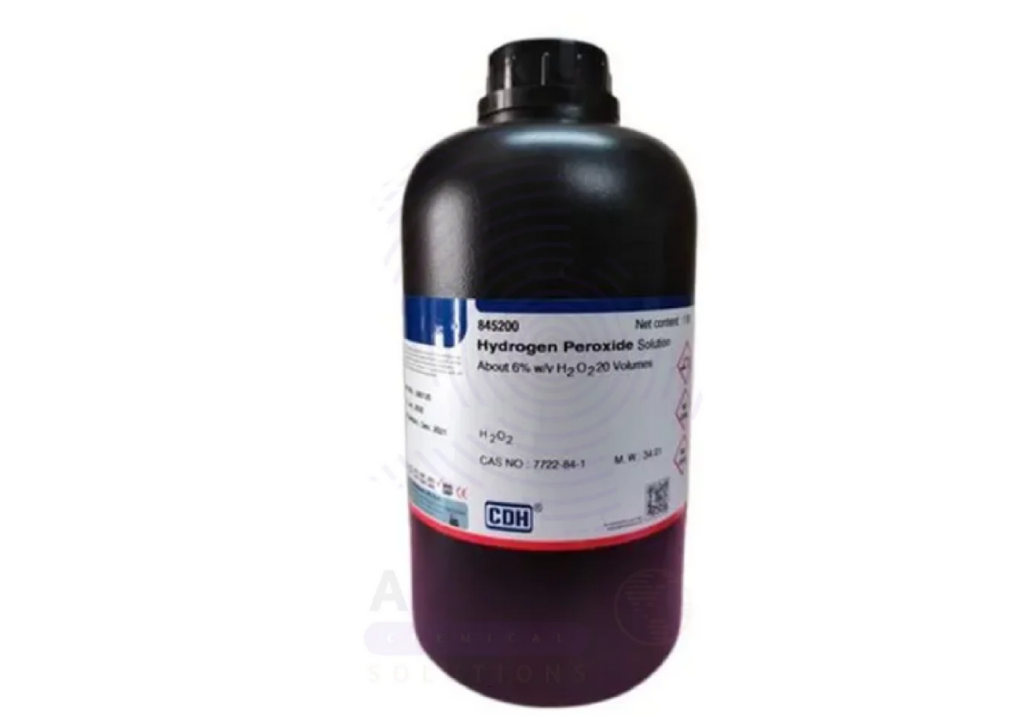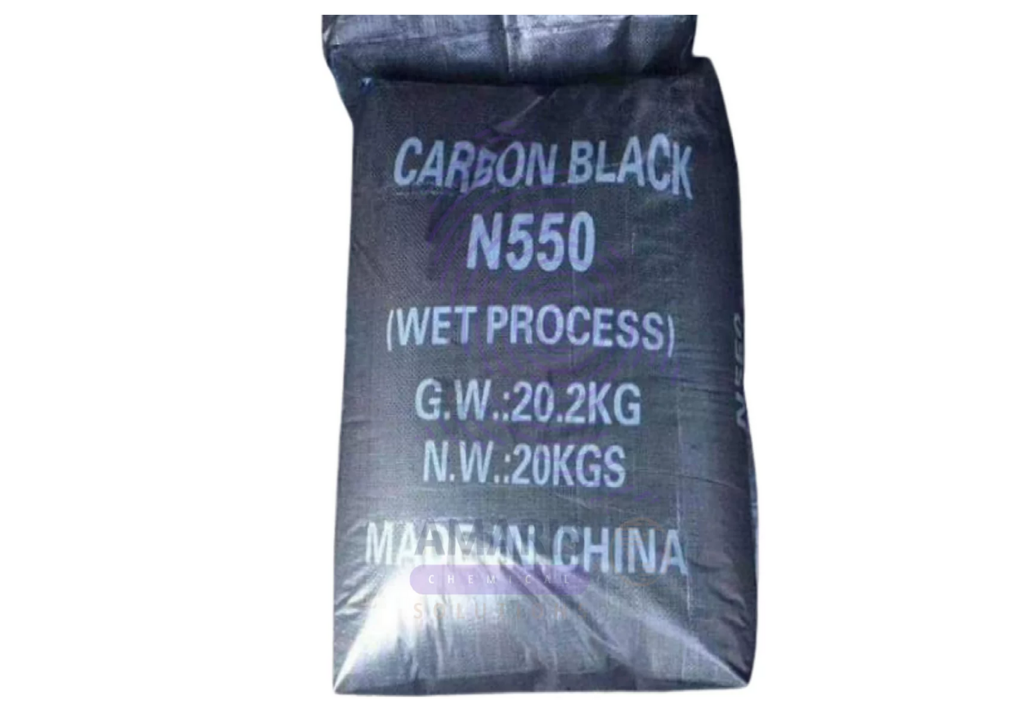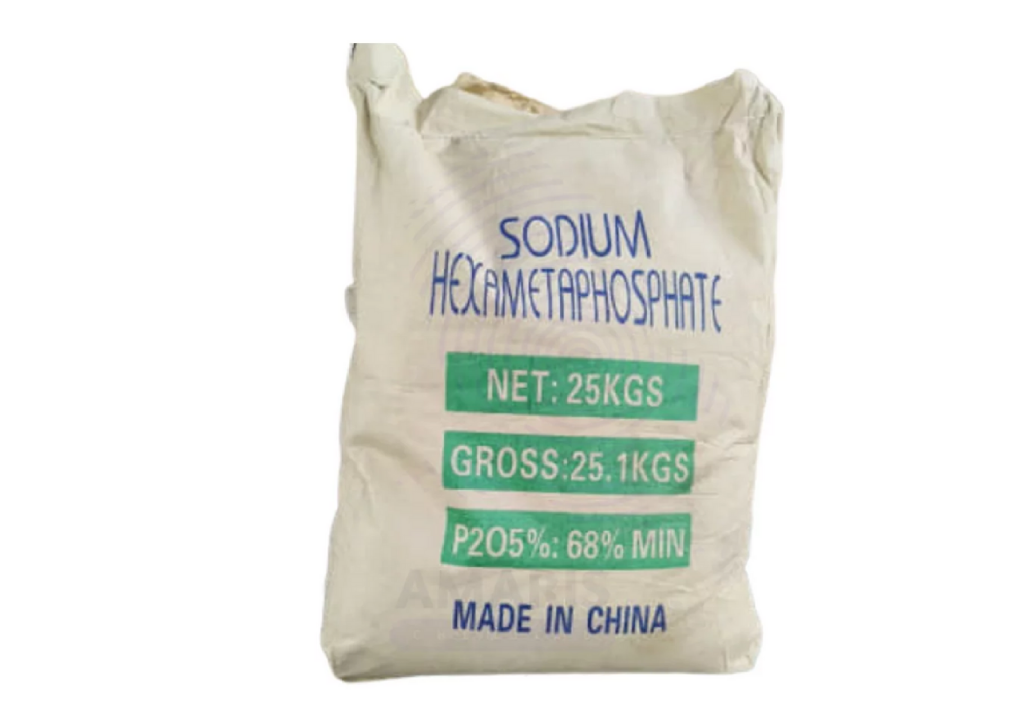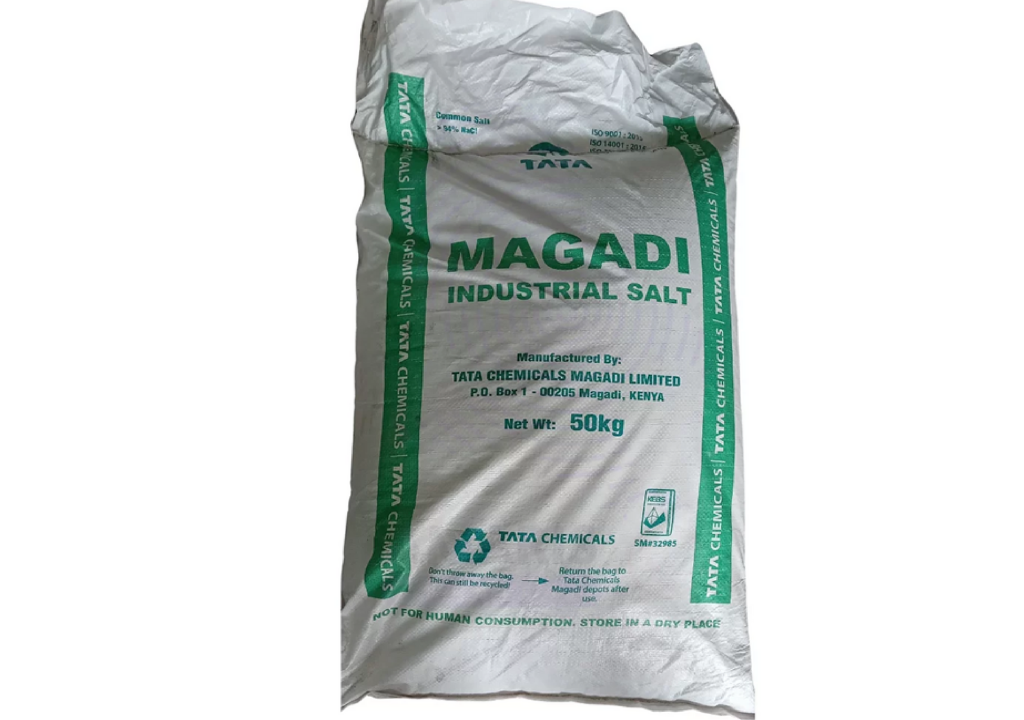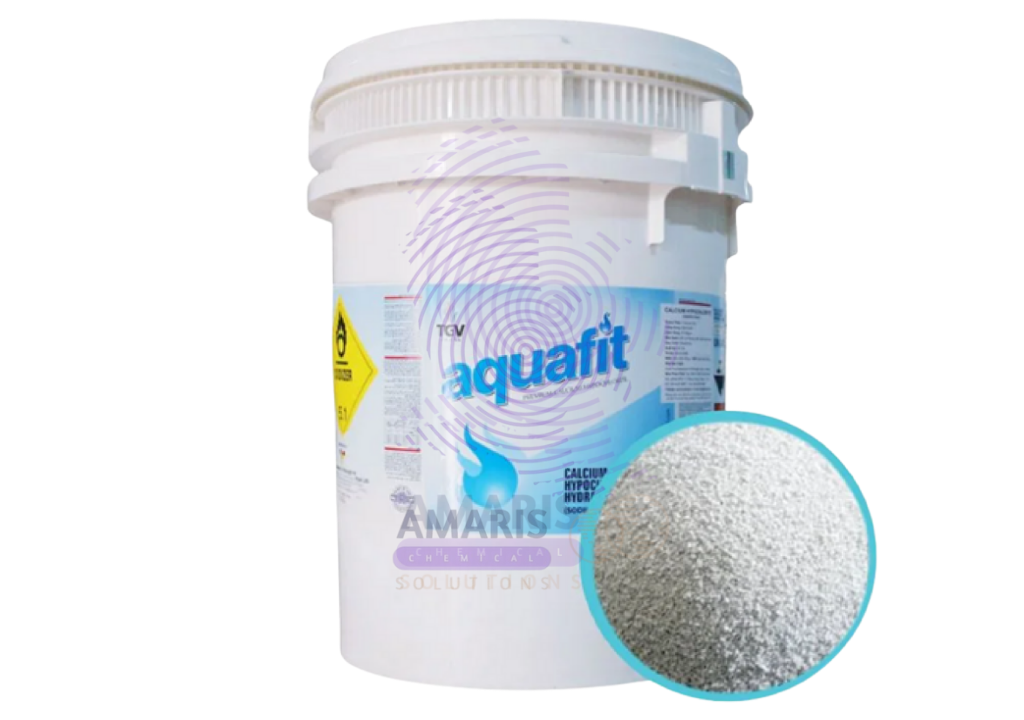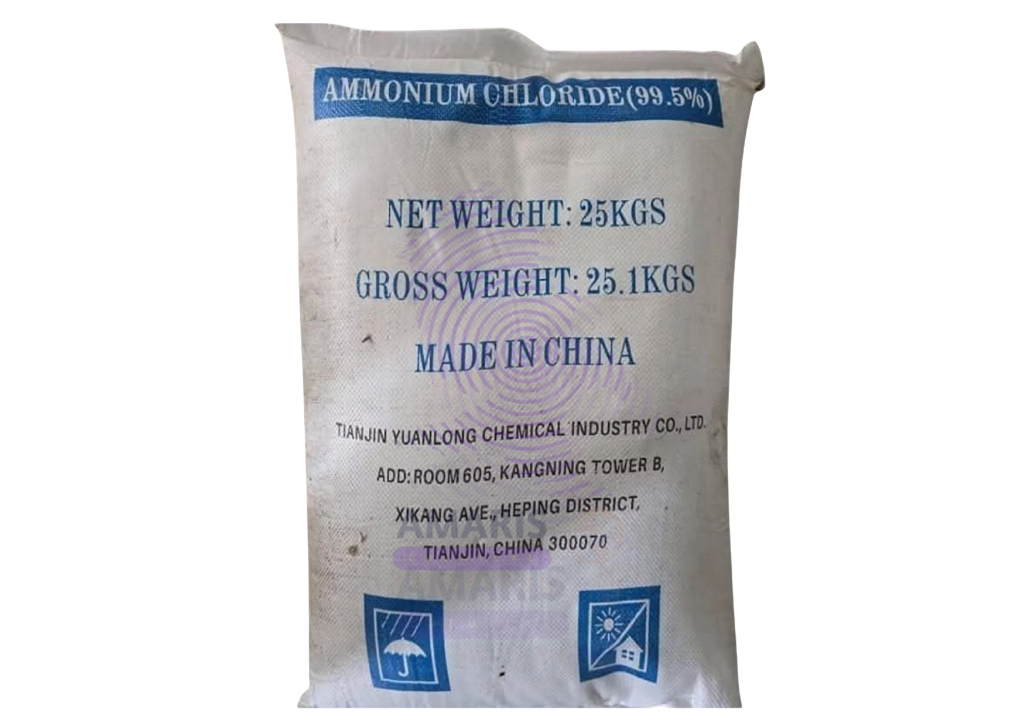Ferrous Sulphate Heptahydrate: The Multifunctional Iron Compound Powering Agriculture And Industry
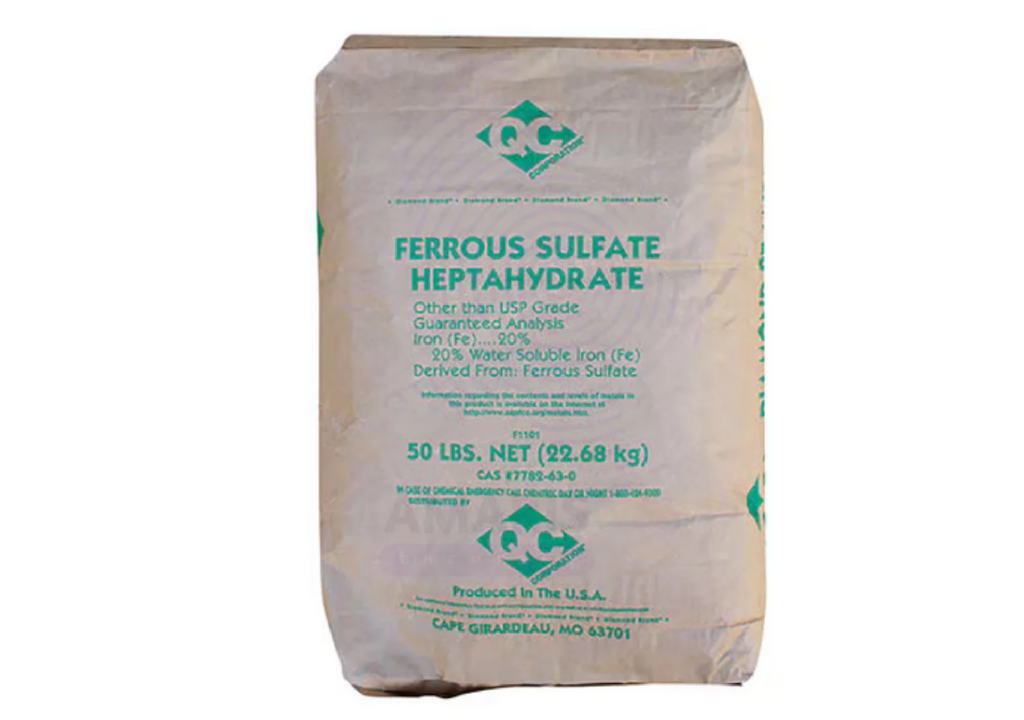
Ferrous sulphate heptahydrate (FeSO₄·7H₂O), commonly known as copperas or green vitriol, is a blue-green crystalline compound that serves as one of the most important iron supplements and reducing agents. With global production exceeding 3 million metric tons annually, this versatile chemical plays critical roles in agriculture, water treatment, and pigment production, while also being an essential nutrient in animal feed and human health.
Key Properties & Specifications
Physical & Chemical Characteristics
- Molecular Weight: 278.01 g/mol
- Iron Content: 20.1% (elemental Fe²⁺)
- Appearance: Blue-green monoclinic crystals
- Solubility:
- 256 g/L in water (20°C)
- Insoluble in alcohol
- Oxidation:
- Slowly converts to ferric form in air
- Rapid oxidation above 60°C
Technical Grades
| Grade | Purity | Key Impurities | Primary Applications |
| Agricultural | ≥98% | ≤1% insolubles | Soil amendment, fertilizers |
| Feed Grade | ≥99% | ≤10 ppm heavy metals | Animal nutrition |
| Water Treatment | ≥97% | ≤0.5% free acid | Phosphate removal, odor control |
| Industrial | ≥96% | ≤2% Mn/Cu | Chemical synthesis |
Major Applications
1. Agriculture & Soil Treatment (50% of use)
- Iron Deficiency Correction:
- 5-20 kg/ha for chlorosis control
- 2-3x more soluble than ferric forms
- Acidification:
- Lowers soil pH (0.5 pH unit/ton)
- Case Study: Brazilian soybean farms increased yields 15% with FeSO₄ foliar sprays
2. Animal Nutrition
- Feed Additive:
- 100-400 mg/kg diet prevents anemia
- Higher bioavailability than oxide forms
- Pet Food:
- Essential mineral supplement
3. Water & Wastewater Treatment
- Phosphate Removal:
- 1.8 mg Fe/mg P precipitation
- 90-95% efficiency at pH 6.5-7.5
- Odor Control:
- 50-100 ppm reduces H₂S by 90%
4. Chemical Manufacturing
- Pigment Production:
- Precursor for iron oxide (Fe₂O₃)
- Fenton’s Reagent:
- H₂O₂ + Fe²⁺ → hydroxyl radicals
- Wood Preservation:
- Chromated copper arsenate (CCA) component
5. Emerging Applications
- Battery Materials:
- Lithium iron phosphate (LiFePO₄) precursor
- 3D Printing:
- Supports redox-assisted fabrication
Production Methods
1. Titanium Dioxide Byproduct
- Ilmenite Processing:
- FeTiO₃ + 2H₂SO₄ → FeSO₄ + TiOSO₄
- Yield: 3-4 tons FeSO₄/ton TiO₂
2. Steel Pickling Liquor
- Waste Acid Recovery:
- Fe + H₂SO₄ → FeSO₄ + H₂
- Crystallization at 40-50°C
3. Direct Synthesis
- Iron Scrap Dissolution:
- Fe + H₂SO₄ → FeSO₄ + H₂ (controlled conditions)
Safety & Handling
⚠ Health Considerations:
- Acute Toxicity:
- LD50 (oral, rat): 1,500 mg/kg
- Causes GI irritation
- Chronic Exposure:
- Iron overload risk (hemochromatosis)
✅ Best Practices:
- Storage:
- Airtight, moisture-proof containers
- Separate from oxidizers
- PPE:
- Dust masks, gloves for powder handling
- First Aid:
- Milk/water for ingestion
♻ Environmental Profile:
- Biodegradation:
- Rapid oxidation to ferric forms
- Aquatic Impact:
- LC50 (fish): >100 mg/L
Market Dynamics
Global Production
- Top Producers:
- China (45%)
- Venator, Kronos, Verdesian
- Price Range:
- $150-300/ton (bulk)
Emerging Trends
- Nanofertilizers:
- Enhanced foliar uptake
- Circular Economy:
- Increased recovery from industrial byproducts
- High-Purity Demand:
- Battery material synthesis
Comparison to Alternative Iron Sources
| Iron Source | Fe Content | Solubility | Cost Index |
| FeSO₄·7H₂O | 20% | High | 1.0 |
| Fe-EDTA | 13% | Very High | 5.0 |
| Fe₂(SO₄)₃ | 23% | Moderate | 1.2 |
| FeO | 77% | Insoluble | 0.8 |
Conclusion
Ferrous sulphate heptahydrate remains the most cost-effective soluble iron source for agricultural and industrial applications. As sustainability initiatives drive waste stream valorization and precision agriculture advances, this ancient compound continues evolving to meet modern challenges—from environmental remediation to next-generation energy storage.


 Preservatives(food)
Preservatives(food) Flavor Enhancers
Flavor Enhancers Acidulants
Acidulants Sweeteners
Sweeteners Antioxidants
Antioxidants Colorants(food)
Colorants(food) Nutraceutical Ingredients (food)
Nutraceutical Ingredients (food) Nutrient Supplements
Nutrient Supplements Emulsifiers
Emulsifiers
 Collectors
Collectors Dust Suppressants
Dust Suppressants Explosives and Blasting Agents
Explosives and Blasting Agents Flocculants and Coagulants
Flocculants and Coagulants Frothers
Frothers Leaching Agents
Leaching Agents pH Modifiers
pH Modifiers Precious Metal Extraction Agents
Precious Metal Extraction Agents
 Antioxidants(plastic)
Antioxidants(plastic) Colorants (Pigments, Dyes)
Colorants (Pigments, Dyes) Fillers and Reinforcements
Fillers and Reinforcements Flame Retardants
Flame Retardants Monomers
Monomers Plasticizers
Plasticizers Polymerization Initiators
Polymerization Initiators Stabilizers (UV, Heat)
Stabilizers (UV, Heat)
 Antifoaming Agents
Antifoaming Agents Chelating Agents
Chelating Agents Coagulants and Flocculants
Coagulants and Flocculants Corrosion Inhibitors
Corrosion Inhibitors Disinfectants and Biocides
Disinfectants and Biocides Oxidizing Agents
Oxidizing Agents pH Adjusters
pH Adjusters Scale Inhibitors( water)
Scale Inhibitors( water)
 Antioxidants(cosmetic)
Antioxidants(cosmetic) Emollients
Emollients Fragrances and Essential Oils
Fragrances and Essential Oils Humectants
Humectants Preservatives
Preservatives Surfactants(cosmetic)
Surfactants(cosmetic) Thickeners
Thickeners UV Filters
UV Filters
 Fertilizers
Fertilizers Soil Conditioners
Soil Conditioners Plant Growth Regulators
Plant Growth Regulators Animal Feed Additives
Animal Feed Additives Biostimulants
Biostimulants Pesticides (Herbicides, Insecticides, Fungicides)
Pesticides (Herbicides, Insecticides, Fungicides)
 Active Pharmaceutical Ingredients (APIs)
Active Pharmaceutical Ingredients (APIs) Excipients
Excipients Solvents(pharmaceutical)
Solvents(pharmaceutical) Antibiotics
Antibiotics Antiseptics and Disinfectants
Antiseptics and Disinfectants Vaccine Adjuvants
Vaccine Adjuvants Nutraceutical Ingredients (pharmaceutical)
Nutraceutical Ingredients (pharmaceutical) Analgesics & Antipyretics
Analgesics & Antipyretics
 Analytical Reagents
Analytical Reagents Solvents(lab)
Solvents(lab) Chromatography Chemicals
Chromatography Chemicals Spectroscopy Reagents
Spectroscopy Reagents microbiology-and-cell-culture-reagents
microbiology-and-cell-culture-reagents Molecular Biology Reagents
Molecular Biology Reagents Biochemical Reagents
Biochemical Reagents Inorganic and Organic Standards
Inorganic and Organic Standards Laboratory Safety Chemicals
Laboratory Safety Chemicals Specialty Laboratory Chemicals(Special Laboratory Equipment)
Specialty Laboratory Chemicals(Special Laboratory Equipment)
 Demulsifiers
Demulsifiers Hydraulic Fracturing Fluids
Hydraulic Fracturing Fluids Scale Inhibitors(oil)
Scale Inhibitors(oil) Surfactants(oil)
Surfactants(oil) Drilling Fluids
Drilling Fluids
 Dyes and Pigments
Dyes and Pigments Bleaching Agents
Bleaching Agents Softening Agents
Softening Agents Finishing Agents
Finishing Agents Antistatic Agents
Antistatic Agents
 Admixtures
Admixtures Waterproofing Agents
Waterproofing Agents Sealants and Adhesives
Sealants and Adhesives Curing Compounds
Curing Compounds Concrete Repair Chemicals
Concrete Repair Chemicals Anti-Corrosion Coatings
Anti-Corrosion Coatings
 Surfactants(cleaning)
Surfactants(cleaning) Builders
Builders Enzymes
Enzymes Solvents (Cleaning)
Solvents (Cleaning) Fragrances
Fragrances
 Electronic Chemicals
Electronic Chemicals Catalysts
Catalysts Lubricants
Lubricants Photographic Chemicals
Photographic Chemicals Refrigerants
Refrigerants Automotive chemicals
Automotive chemicals Pyrotechnic Chemicals
Pyrotechnic Chemicals
 Biodegradable Surfactants
Biodegradable Surfactants Bio-based Solvents
Bio-based Solvents Renewable Polymers
Renewable Polymers Carbon Capture Chemicals
Carbon Capture Chemicals Wastewater Treatment Chemicals
Wastewater Treatment Chemicals
 Pigments
Pigments Solvents(paint)
Solvents(paint) Specialty Coatings
Specialty Coatings Binders/Resins
Binders/Resins Additives
Additives Driers
Driers Anti-Corrosion Agents
Anti-Corrosion Agents Functional Coatings
Functional Coatings Application-Specific Coatings
Application-Specific Coatings
 Fresh Herbs
Fresh Herbs Ground Spices
Ground Spices Whole Spices
Whole Spices Spice Blends
Spice Blends Dried Herbs
Dried Herbs
 Leavening Agents
Leavening Agents Dough Conditioners
Dough Conditioners Flour Treatments
Flour Treatments Fat Replacers
Fat Replacers Decoratives
Decoratives Preservatives(baking)
Preservatives(baking)
 Plasticizers & Softeners
Plasticizers & Softeners Reinforcing Agents
Reinforcing Agents Adhesion Promoters
Adhesion Promoters Vulcanizing Agents
Vulcanizing Agents Antidegradants
Antidegradants Blowing Agents
Blowing Agents Fillers & Extenders
Fillers & Extenders Accelerators & Retarders
Accelerators & Retarders
